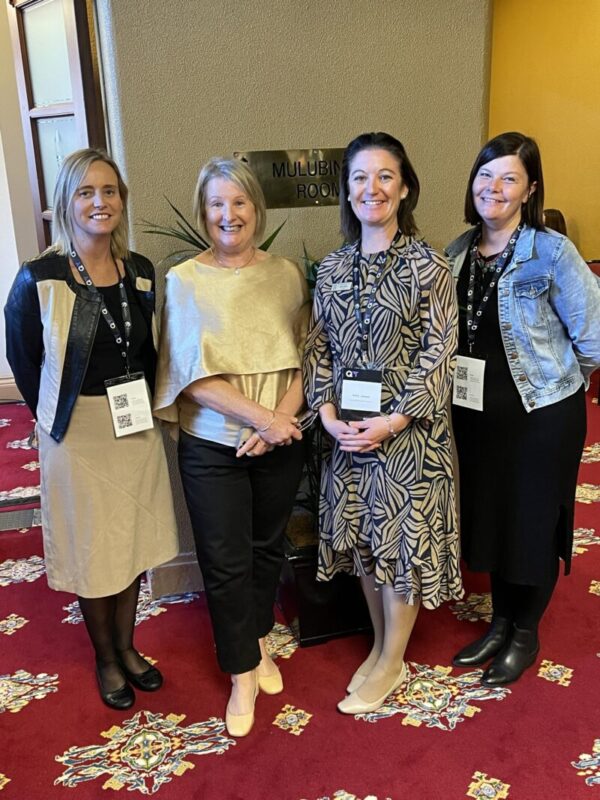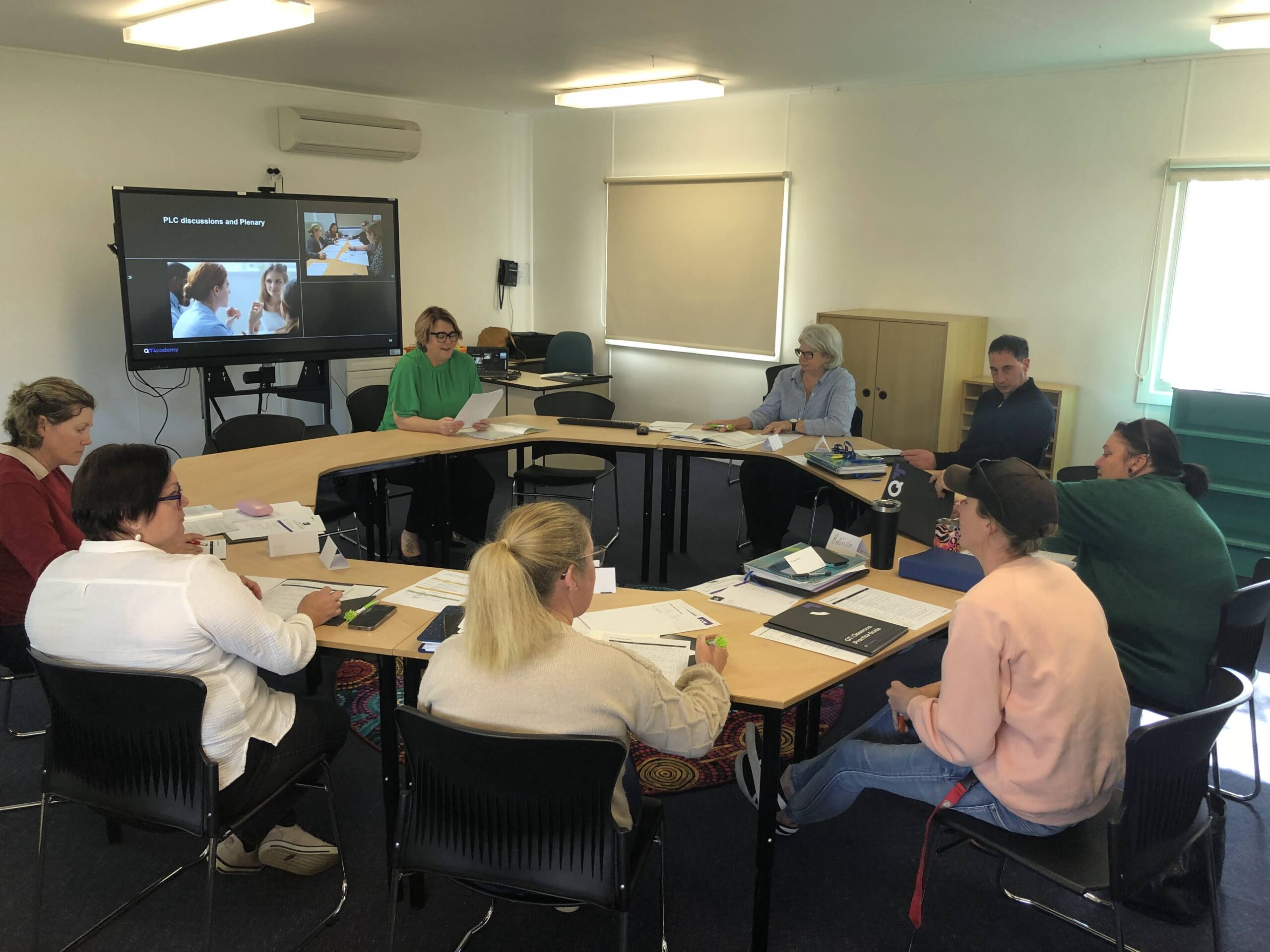You may think that implementing QTR in a rural school would be impossible in the midst of a national teacher shortage. Kelly Jesser is here to prove you wrong.
Kelly has advertised a Head Teacher English position several times at her small, remote school. On more than one occasion she has received zero applicants. This is not surprising – it’s emblematic of the dire need for more teachers in rural and regional Australia.
Despite the challenges, Kelly, who has been the principal of Tullamore Central School since 2021, is running Quality Teaching Rounds (QTR) across her school for all her staff.
“The team see that QTR is something we can implement quite comfortably through our hybrid model. Whilst we’re already under strain from staffing shortages, we can see the implementation of Rounds will only build more resilience and trust in each other.”
Breathing life back into education post-COVID
Tullamore is a small farming community on Wiradjuri land in Central West NSW. It’s one hour from Parkes, one-and-a-half hours from Dubbo and six hours drive from Sydney. Tullamore Central School has 32 primary students, 22 secondary students, nine teachers including the principal and two middle leaders, and five student support officers (SSOs).
Kelly has made engaging students and their families a “top priority” following the disruption of COVID remote learning.
“Many of our students reach Year 9 and 10 and are chomping at the bit to get out into the workforce. They want to start earning money,” Kelly said.
“The idea of further education is something we want to breathe more life back into. That’s where Quality Teaching really comes in. We want to be able to celebrate with the kids and community the great things happening in our classrooms.”
Getting QTR in a rural school off the ground
To get QTR up and running, Kelly and her leadership team got creative by using elements of QTR Digital and other implementation modifications.
They first started with a professional learning community (PLC) of the three leaders to demonstrate how it could be done. Then they came together for the professional reading discussion. Next, they recorded a lesson for all three to code over the next 24 hours. Lastly, they came back together for the group coding discussion.
“We all walked away from the initial experience thinking, wow, this is powerful stuff,” Kelly said.
“The professionalism of the dialogue that comes out – it’s very much teacher talk. It’s not necessarily the stuff you hear in staff rooms – it’s very purposeful and directly related to student learning. What is it that we’re doing and why are we doing it? How can we improve?”

A whole-school initiative
Having the leadership team participate first demonstrated to the rest of the staff that QTR was viable in their small, rural school. That was the initial step in Kelly’s strategy. The next step for embedding QT was to have QTR Adviser, Beth Filipo facilitate a tailored staff development day. This introduced the QT Model and QTR processes to all the teachers and the school’s SSOs.
“For QT to gain any traction across the school, it will rely on shared dialogue. We can’t separate the SSOs from that,” Kelly explained.
“They are very much integral to the operation within a classroom. While they won’t be observed teaching, it’s important they’re on board.
“A couple of them are interested in becoming teachers. This something we can help with and, if they stay at our school, by extension, stabilise our staffing model and essentially help with staff shortages.”
QTR in a rural school: The wheels are turning
Following the first set of Rounds, the two assistant principals are now leading additional PLCs with the rest of the staff. “The wheels are already starting to turn and we are eager to see how this will have an impact for the long term.” Kelly said.
Kelly has also been sharing her hybrid QTR model with other principals in her local network.
“I know from my past experiences how hard it is to get things off the ground.
“We’ve been finding creative ways to overcome those challenges. Celebrating our successes and sharing through personal experiences, naturally people will want to come on board because it’s exciting.”


